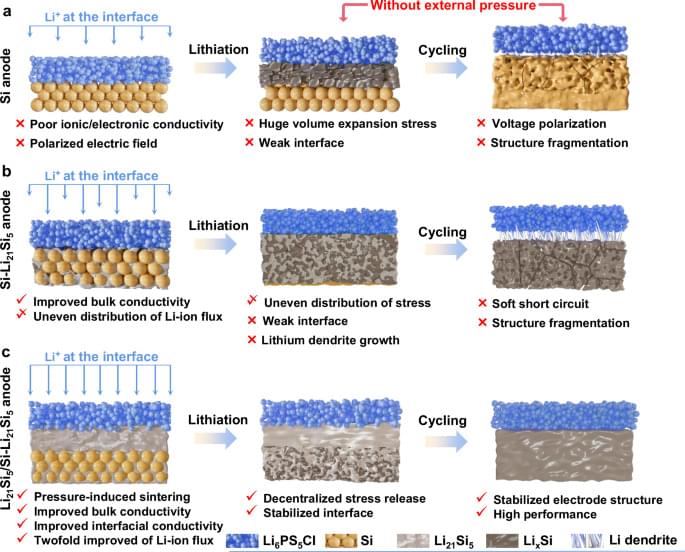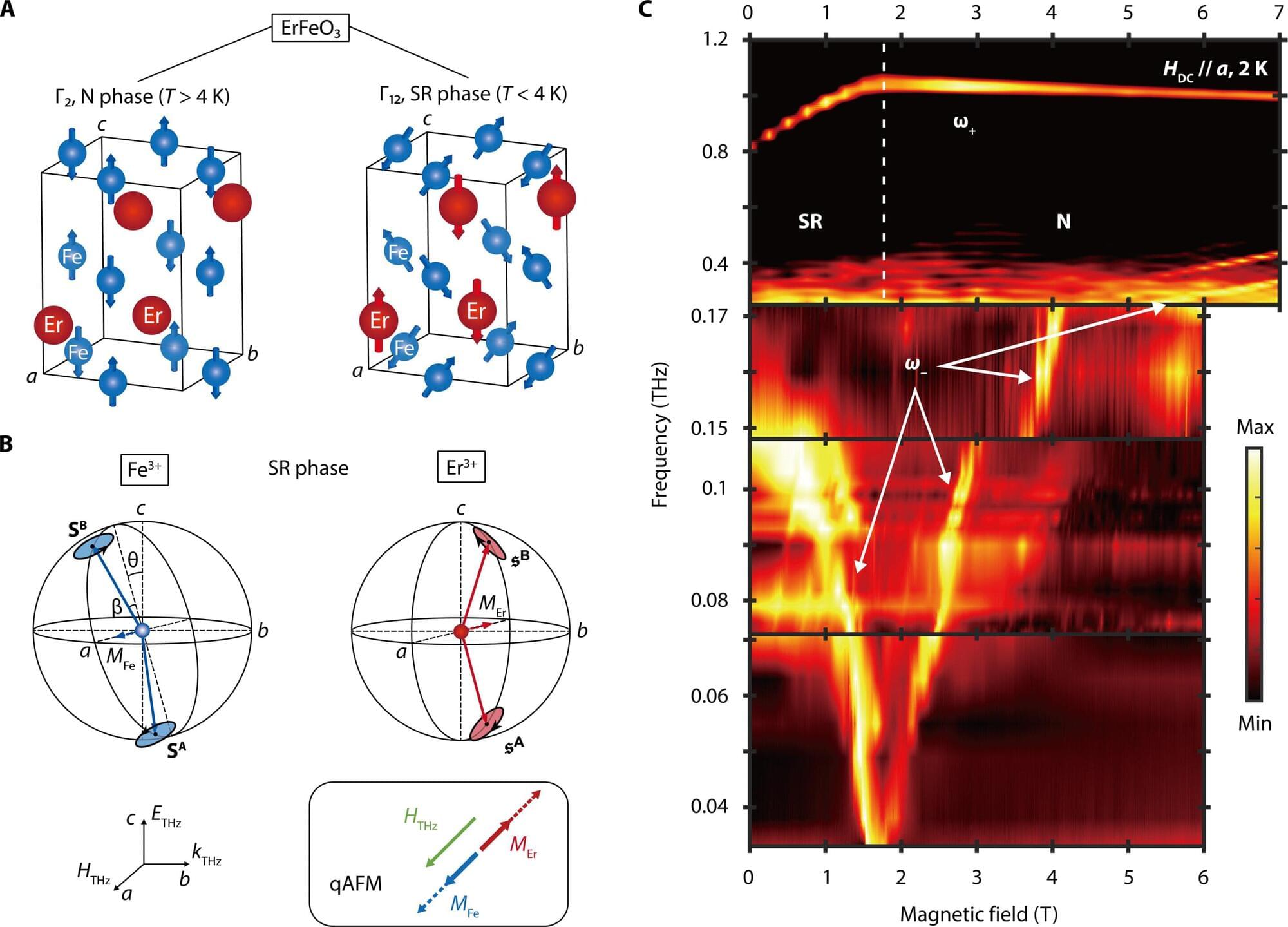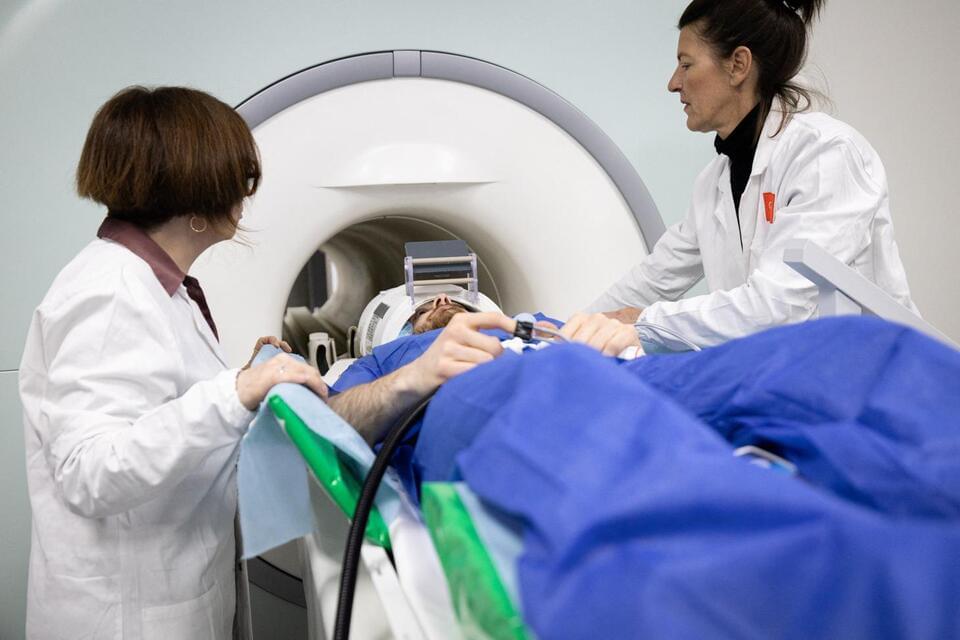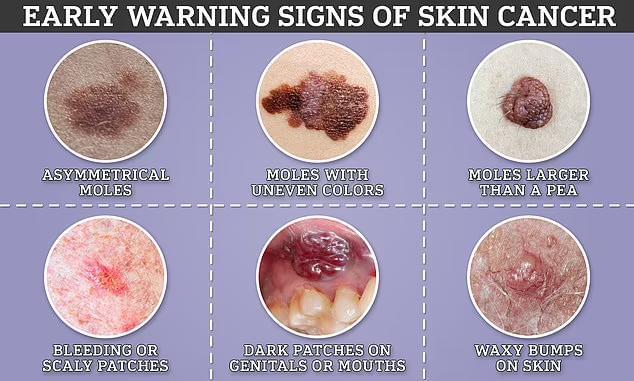TheAIGRID
Get the latest international news and world events from around the world.
Google Just Took Over AI
TheAIGRID
Meet NEO, Your Robot Butler in Training | Bernt Børnich | TED
What if doing your chores were as easy as flipping a switch? In this talk and live demo, roboticist and founder of 1X Bernt Børnich introduces NEO, a humanoid robot designed to help you out around the house. Watch as NEO shows off its ability to vacuum, water plants and keep you company, while Børnich tells the story of its development — and shares a vision for robot helpers that could free up your time to focus on what truly matters. (Recorded at TED2025 on April 8, 2025)
If you love watching TED Talks like this one, become a TED Member to support our mission of spreading ideas: https://ted.com/membership.
Follow TED!
X: / tedtalks.
Instagram: / ted.
Facebook: / ted.
LinkedIn: / ted-conferences.
TikTok: / tedtoks.
The TED Talks channel features talks, performances and original series from the world’s leading thinkers and doers. Subscribe to our channel for videos on Technology, Entertainment and Design — plus science, business, global issues, the arts and more. Visit https://TED.com to get our entire library of TED Talks, transcripts, translations, personalized talk recommendations and more.
Watch more: https://go.ted.com/berntbornich.


Neutrino mass: most precise measurement shows they are a million times smaller than electrons
Physicists in Germany have performed the most accurate measurement of the mass of the fundamental particle neutrinos. The finding deepens physicists’ attempts to uncover laws of nature beyond even the best current theories.
The standard model of particle physics – the best theory which explains the fundamental forces and particles of nature – posits that neutrinos are massless. Experiments, however, suggest that they do have mass.
Measuring the neutrino mass could explain the limitations of the standard model and offer insights into new areas of physics and beyond.

Scientists observe exotic quantum phase once thought impossible
A team of Rice University researchers reported the first direct observation of a surprising quantum phenomenon predicted over half a century ago, opening pathways for revolutionary applications in quantum computing, communication, and sensing.
Known as a superradiant phase transition (SRPT), the phenomenon occurs when two groups of quantum particles begin to fluctuate in a coordinated, collective way without any external trigger, forming a new state of matter.
The discovery was made in a crystal composed of erbium, iron, and oxygen that was cooled to minus 457 Fahrenheit and exposed to a powerful magnetic field of up to 7 tesla (over 100,000 times stronger than Earth’s magnetic field), according to a study published in Science Advances.


MRI warning as study says injection could cause deadly material to form in body
A chemical injected before MRI scans to help create sharper images may cause some patients to experience a potentially deadly complication in rare cases, a new study suggests.
Researchers from the University of New Mexico found that gadolinium – a toxic rare earth metal used in MRI scans – could mix with oxalic acid found in many foods to precipitate tiny nanoparticles of the metal in human tissues.
The research, published in the journal Magnetic Resonance Imaging, assessed the formation of these nanoparticles associated with potentially deadly health problems in the kidneys and other organs.

